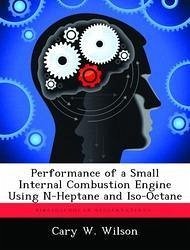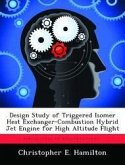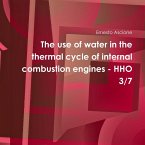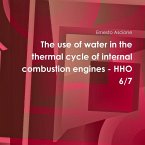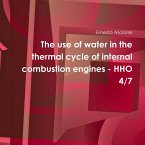With the sustained interest in Unmanned Aircraft Systems (UAS) and Micro Air Vehicles (MAV), the military services have a real need for vehicles powered by an internal combustion (IC) engine that can run efficiently on heavy hydrocarbon fuels, especially JP-8 due to established logistics. This thesis concerns the results of running a two horsepower, 4-stroke, spark-ignition engine (FUJI BF34-EI) with both iso-Octane and n-Heptane. Results include the knocking characteristic of this engine with n-Heptane, a comparison of the brake specific fuel consumption (BSFC) of the two fuels in a factory delivered engine configuration over a 17x10 APC propeller loading, a comparison of the heated fuel effects on BSFC and torque of the two fuels and the effects of varied spark timing with n-Heptane on BSFC and torque. It is shown with stock ignition timing and fuel at ambient temperature, n-Heptane exhibits on average less specific fuel consumption than iso-Octane; specifically, an average of 4.1% over the entire engine loading and 12.61% over the stock propeller engine loading.
